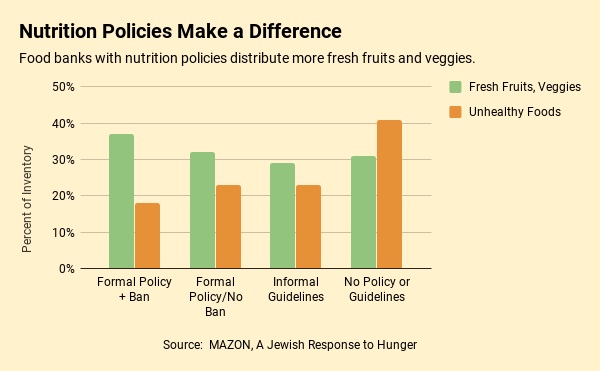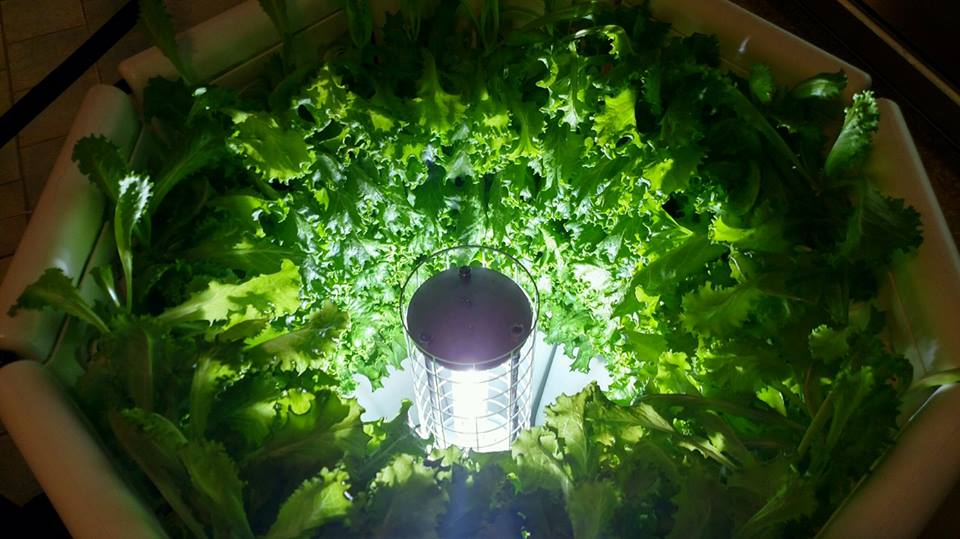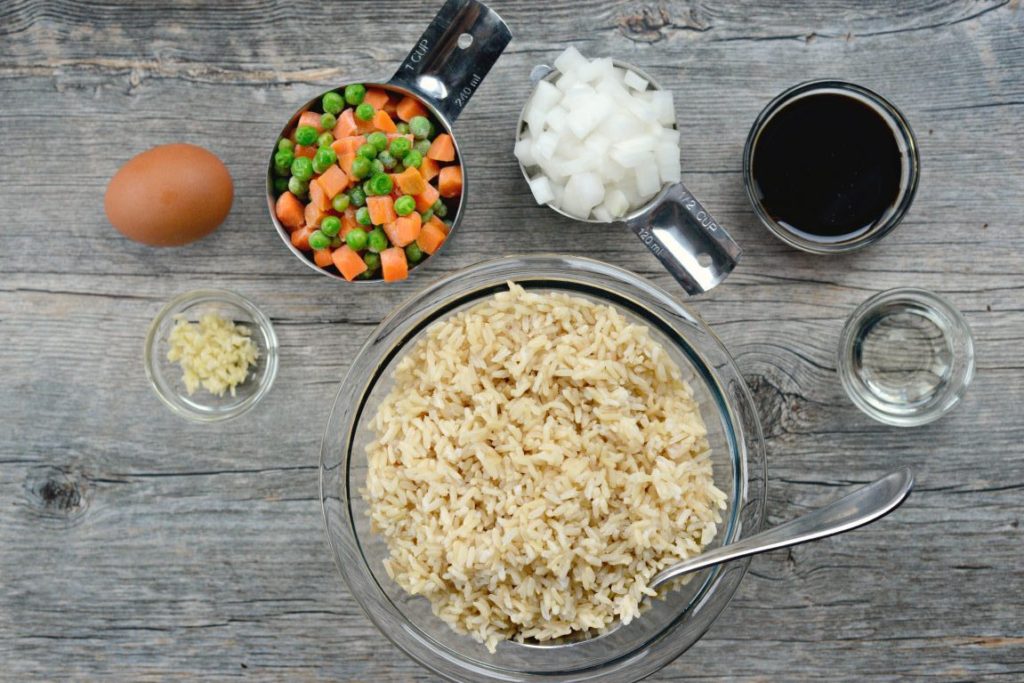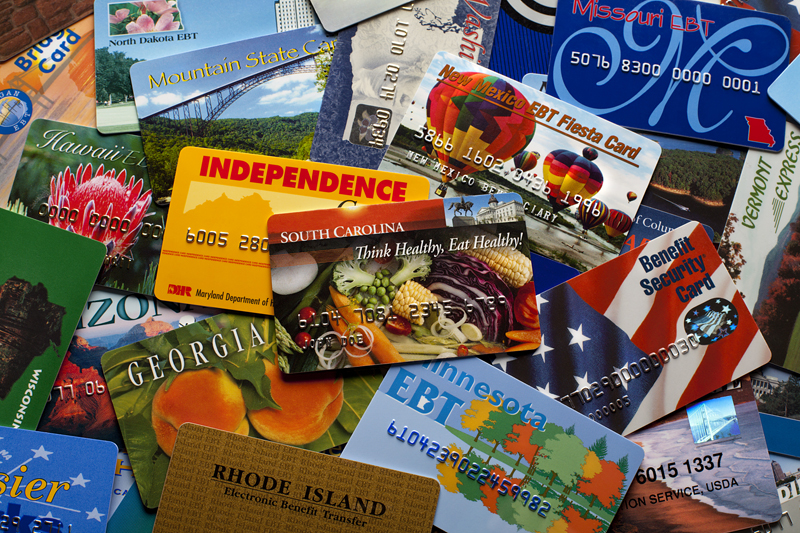When Houston Food Bank set out to address root causes of hunger, ranging from poor health to unemployment, it knew it needed to partner with hospitals, schools and clinics. It didn’t realize that getting these community organizations on board would require it to develop a nutrition policy. Now two years…
Food Bank News
Taking cues from both Trader Joe’s and the food justice movement, Northwest Harvest of Seattle is opening a new food distribution center on June 24 that aims to offer a respectful, welcoming and even fun grocery shopping experience. The name of the outlet — SODO Community Market (standing for Seattle’s…
Early in Jaynee Day’s career as President and CEO of Second Harvest Food Bank of Middle Tennessee, a local grocer moved away, wiping out millions of pounds of donated food, plus a tidy income the food bank had generated by handling the grocer’s reclamation needs. Day wound up turning the…
With WIC participation declining at an alarming rate, some food banks and hunger-relief agencies are taking steps to shore up their local programs. Participation in the federal benefit for women and their children has dropped 23% from 2010 through 2018, said Food Research & Action Center in a report released…
Challenged by local funders to identify complex social problems and innovative ways to address them, Patti Habeck, President of Feeding America Eastern Wisconsin, found an answer in lettuce. Along with Fork Farms of Appleton, Wis., the food bank is deploying small-scale, hydroponic farming systems at food pantries, schools and other…
As a graduate student at Yale University, Emma Stein marveled at the sheer convenience of meal preparation kits like Blue Apron and Plated. When it came time for her to develop her master’s thesis in public health, it wasn’t a stretch for her to wonder how such kits might be…
SNAP is by far the most effective tool available to help the country’s 40 million food-insecure individuals, so it’s natural that hunger-relief advocates always want to see SNAP participation and spending go up. For the past five years, however, the trend has been the opposite. The latest figures, released last…
It’s the rare celebrity chef who is also a policy wonk, but that at least partly describes Michel Nischan, a three-time James Beard Award winning chef who’s as conversant as anyone in Congress on the nuances of the farm bill. Nischan is also a food activist and innovator who figured…
Three Square Food Bank is taking food rescue to the next level with a cool tool — the blast chiller. Common in commercial kitchens, blast chillers are not widely used in food rescue, though they are well-suited to the task. The fast-acting freezers can take food from thoroughly hot to…








